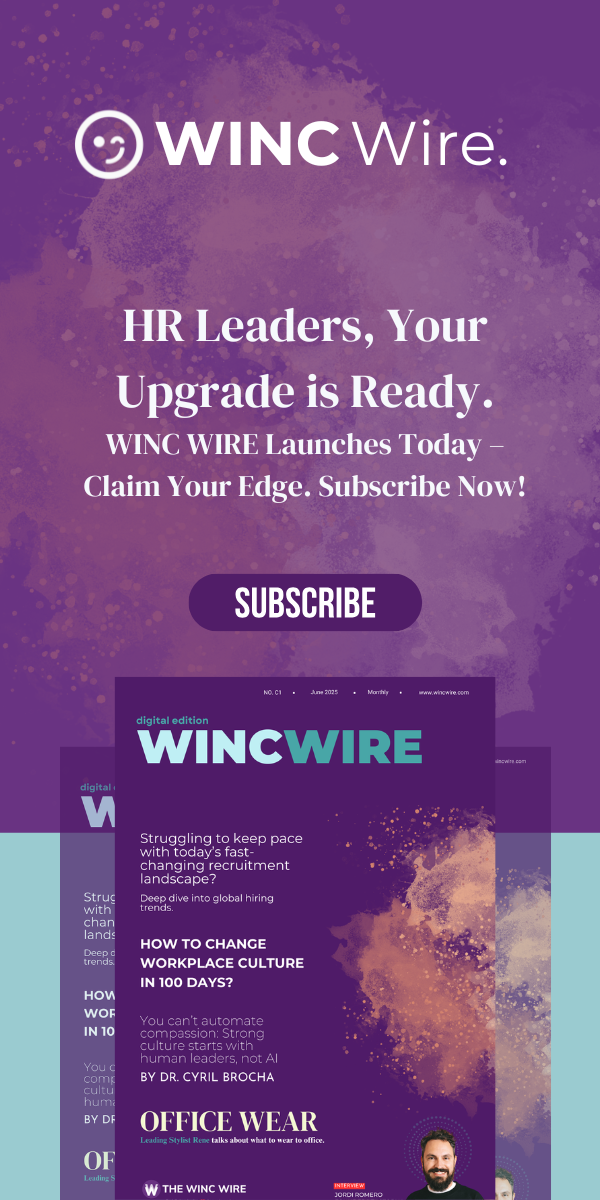In every organisation, trust is the invisible thread holding the fabric of working relationships together. When that thread frays whether through poor leadership or unresolved conflict even the most robust internal processes can fall short. That’s the reality behind constructive dismissal: when an employee’s faith in their employer is so fundamentally shaken that walking away feels like the only dignified option.
Yet a question lingers must an employee jump through every procedural hoop before making a claim? Until recently, many assumed the answer was yes. But a fresh legal precedent is quietly rewriting that script.
When Resolution Becomes Resignation
Picture a dedicated schoolteacher. She doesn’t just clock in and out she shapes futures. But over time, she finds herself the target of hostile behaviour from her headteacher. Still, she follows protocol. She raises a grievance, sits through the meetings, waits for an outcome. But by the second stage, it’s clear: the process offers no protection, only exhaustion. So, she resigns not out of haste, but self-preservation.
This isn’t a hypothetical. It’s the real-life case of Nelson v. Renfrewshire Council, and it’s changing how UK employment law views constructive dismissal.
The Nelson Case: Recalibrating the Legal Compass
Ms Nelson raised formal concerns about aggressive conduct, backed by witness testimony. Her grievance was dismissed twice internally. The next step? An appeal to the council. But by then, the damage was done. She resigned and filed for constructive dismissal, claiming her employer had breached the unwritten — yet sacrosanct principle of mutual trust and confidence.
Initially, the employment tribunal found against her, citing incomplete grievance steps. But the Employment Appeal Tribunal (EAT) took a different view, and in doing so, reframed the conversation.
Key Legal Shifts:
- Exhaustion is not the benchmark.
The EAT clarified that employees aren’t obligated to finish every stage of an internal grievance procedure. What matters is not procedural completion, but whether the employer’s actions were severe enough to undermine trust. - Likelihood of damage is enough.
The tribunal erred in assessing whether trust had already broken down. The correct test is whether the employer’s behaviour was likely to destroy that trust. It’s about probability not proof.
This subtle distinction signals a powerful message: it’s the quality of treatment that matters, not the quantity of paperwork.
For Employers: A Mirror Moment
Too often, companies view grievance procedures as legal insulation layers of process that protect against claims. But this ruling serves as a reminder that no policy is a substitute for integrity. Employers must ask themselves: are we resolving issues, or simply processing them?
Three Steps Towards a Trust-First Culture:
- Embed Fairness from the Outset
Don’t wait for complaints to arise to demonstrate impartiality. Ensure grievance investigations are handled with care, transparency, and dignity. Employees can sense when the process is a box-ticking exercise and when it’s rooted in genuine concern. - Respond with Speed and Sincerity
Think of grievances as emotional emergencies. Delay adds friction. Addressing concerns promptly builds trust, whereas slow responses fuel disillusionment. - Recognise the Reputation Risk
A constructive dismissal claim isn’t just a legal issue; it’s a story about your culture that gets told in courtrooms, newsrooms, and boardrooms. Every unresolved grievance is a crack in the foundation of your employer brand.
The Compensation Trade-Off
Why wouldn’t an employee simply leap over the grievance process entirely? One reason is compensation. Under the Acas Code of Practice, skipping internal procedures can result in a reduction of up to 25% in any awarded damages.
It’s a balancing act. Some may endure the process for a fuller claim, while others might walk away for peace of mind. But employers should never count on that technicality as a deterrent. The real prevention lies in the experience you offer your people — not the penalties you might impose.
Beyond Policy: Building Places People Want to Stay
Modern workers aren’t just looking for a payslip. They want purpose, fairness, and above all respect. A grievance procedure, no matter how well-designed, is not a substitute for a culture where people feel valued.
Rather than focus on whether your processes are watertight, ask: are they trustworthy? That’s the real safeguard. Create a workplace where grievances are rare not because they’re silenced, but because they’re unnecessary.
The lesson from Nelson is clear: trust is not a procedural outcome it’s a leadership
commitment. Build it, protect it, and let it be the benchmark against which every policy is measured.




